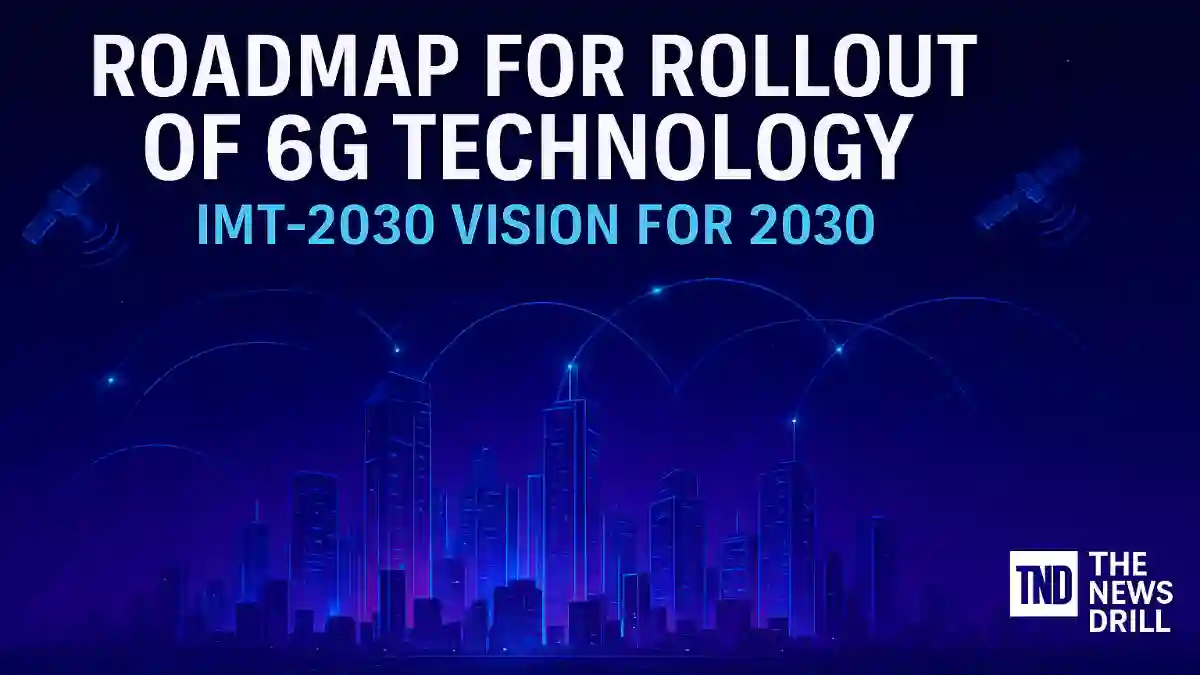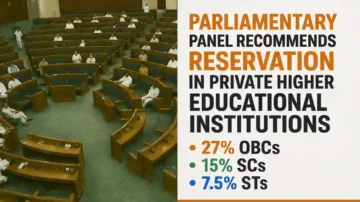The next generation of mobile communication, 6G Technology, is slowly moving from research labs to structured global planning. The International Telecommunication Union Radio communication Sector (ITU-R) has released its landmark recommendation, M.2160, titled “Framework and overall objectives of the future development of IMT for 2030 and beyond”. This framework lays down the vision, guiding principles, and roadmap for the rollout of 6G Technology by the year 2030.

What is ITU-R Recommendation M.2160?
The ITU-R, a specialized agency of the United Nations, plays a critical role in setting global standards for radio communication. Its latest recommendation, M.2160, provides the global blueprint for 6G Technology, which is officially referred to as IMT-2030 (International Mobile Telecommunications 2030).
The framework covers not just higher data speeds, but also a wide range of objectives such as ultra low latency, enhanced reliability, energy efficiency, and sustainable digital growth. The document emphasizes that 6G will be a central enabler for advanced applications in artificial intelligence (AI), Internet of Things (IoT), robotics, holographic communications, and next-generation healthcare solutions.
Roadmap for Rollout of 6G Technology
The rollout of 6G Technology will not be a sudden leap but a carefully staged process. The ITU-R roadmap highlights key steps leading to the commercial availability of 6G by 2030:
1. Research & Development (2023–2025): Universities, telecom companies, and governments are already conducting R&D into 6G capabilities. This includes spectrum identification, network architecture, and security frameworks.
2. Standardization (2026–2028): The ITU, along with global telecom bodies such as 3GPP, will finalize the technical standards for 6G Technology. This phase ensures global interoperability and sets the ground rules for spectrum allocation.
3. Pre-Commercial Trials (2028–2029): Before large-scale deployment, countries will carry out pilot projects and field trials to test 6G performance in real world environments.
4. Commercial Rollout (2030 onwards): By 2030, 6G Technology is expected to become available commercially, ushering in an era of intelligent connectivity and immersive digital experiences.
Impact on the Country’s Digital Future
For country like India, the rollout of 6G Technology is an opportunity to leapfrog into a leadership role in the global digital economy. With its growing startup ecosystem, expanding fiber infrastructure, and ambitious digital public platforms, India is well placed to harness 6G for economic growth and inclusive development.
Experts believe that 6G could revolutionize sectors such as smart cities, autonomous transport, precision agriculture, climate monitoring, and advanced healthcare. The technology’s promise of “connectivity beyond human capabilities” is expected to integrate the physical, digital, and biological worlds in ways never seen before.
Conclusion
The roadmap for 6G Technology outlined by ITU-R through recommendation M.2160 provides a clear path toward global deployment by 2030. While the transition from 5G to 6G will take time, the vision for IMT-2030 highlights a future of hyper-connected, intelligent, and sustainable communication networks. As nations prepare to adopt this breakthrough, 6G will not just be about speed it will redefine how societies communicate, innovate, and progress.
Stay connected with The News Drill for more updates.
FAQs
Q1. What is 6G Technology?
6G Technology, also known as IMT-2030, is the next-generation mobile communication system designed to provide ultra fast speeds, low latency, and intelligent connectivity by 2030.
Q2. What is ITU-R Recommendation M.2160?
The ITU-R Recommendation M.2160 is a framework that defines the objectives and roadmap for the rollout of 6G Technology worldwide.
Q3. When will 6G Technology roll out?
According to ITU-R, the global rollout of 6G Technology is expected to begin in 2030 after research, standardization, and trials are completed.
Q4. How will 6G impact India?
6G Technology will boost India’s digital ecosystem, enabling smart cities, AI-driven healthcare, precision agriculture, and advanced communication systems.








